A summer spent at home
Thalia Taylor
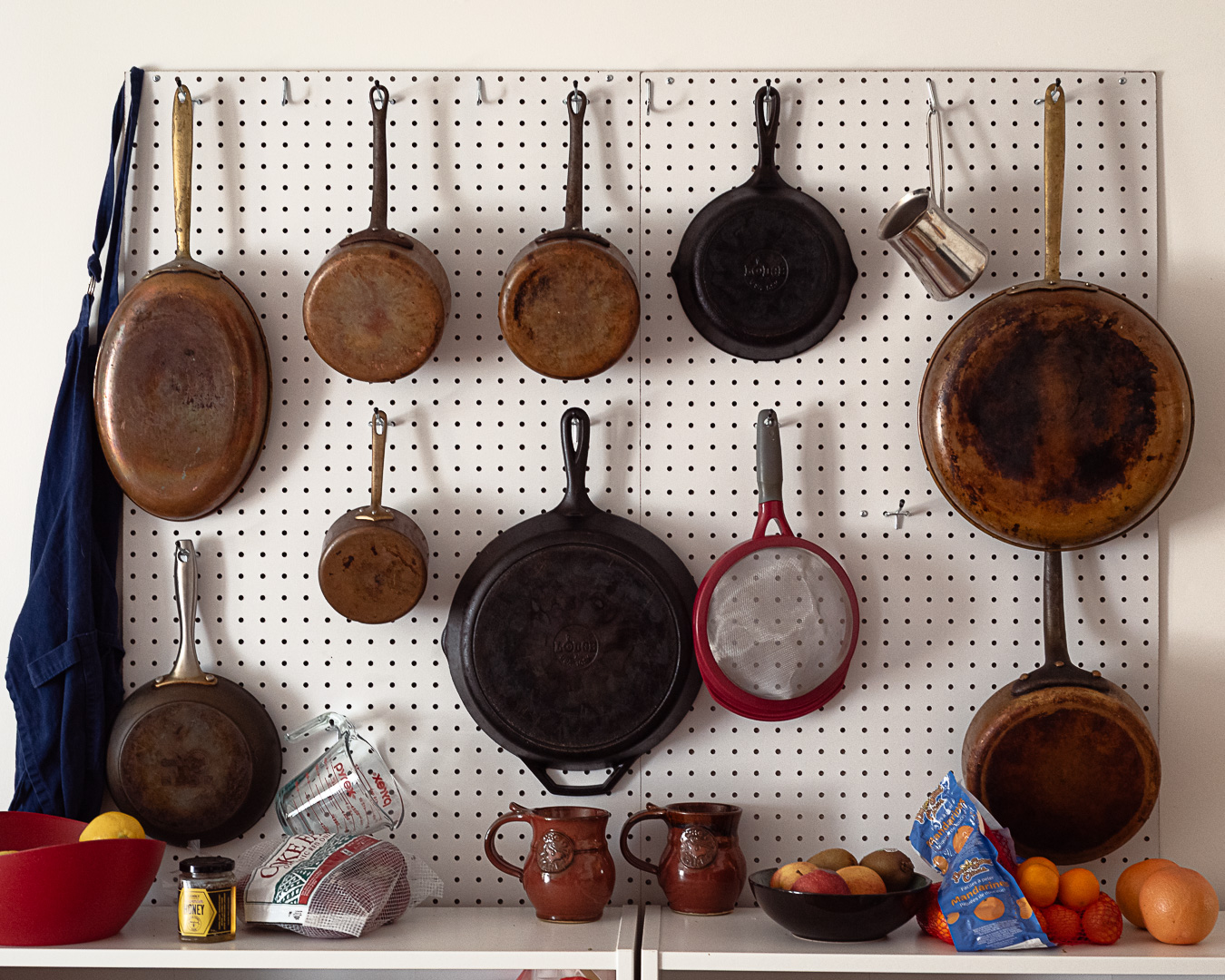
In European painting, still life is a genre that straddles life and death. It often features decay. The events of this summer and the trajectory of current events have left me feeling helpless and confined. I spend most of my time studying for an exam that is considered alternatively corrupt, useless, and (at best) bad. In the interim, I cannot advocate because I do not have a license. I cannot march openly because I cannot be arrested without losing the possibility of the license I do not yet have. This summer has been limbo. So, I have photographed fruit and my apartment. My pets and my partner.
We are bearing witness to decay. One of the current administration’s more insidious goals has been to condemn action and to convince the public that we are living at the end of the world. We are not, and we cannot think so selfishly because it ignores the impact we have on others. When we create, we leave little pieces of our most intimate selves in our handiwork. When we then share that work with others, we are being vulnerable and broadening the scope of conversation. Golden-age Dutch still life painting often incorporated symbols of industry and political debates within more mundane imagery of the home, both in serious still life and in more comic painting. It reflected pride in the country’s status and awareness of the risks of greed and rapid growth.
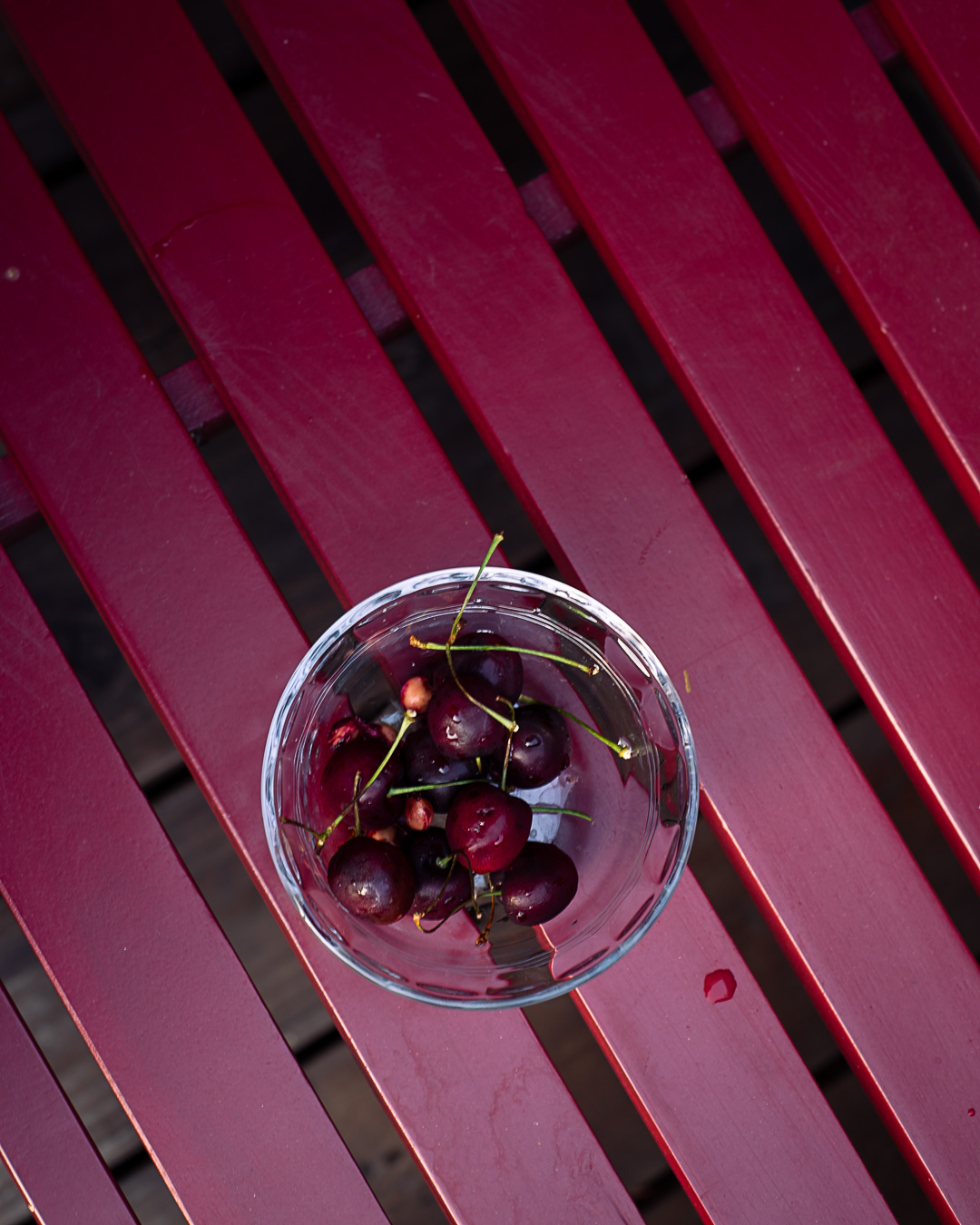
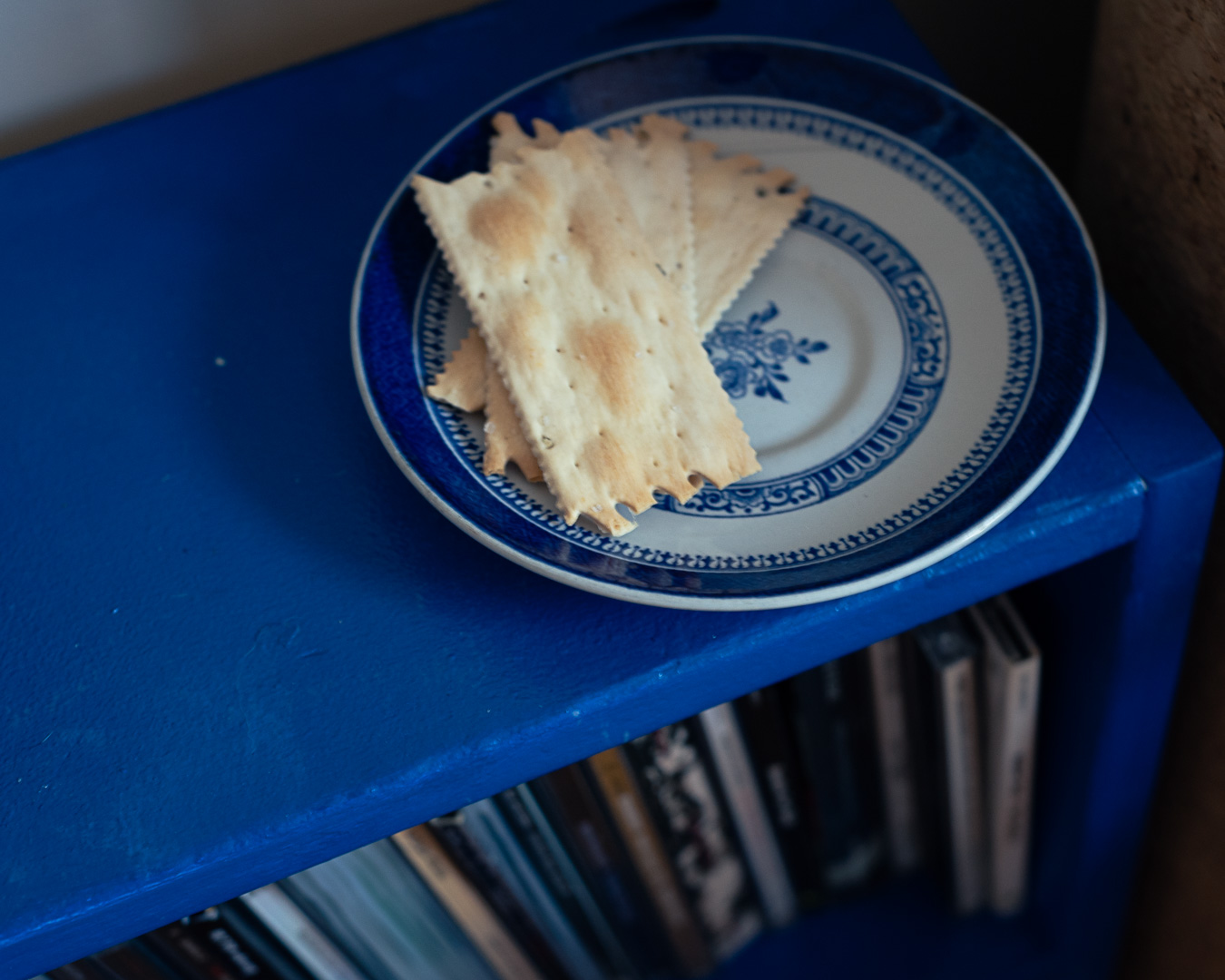
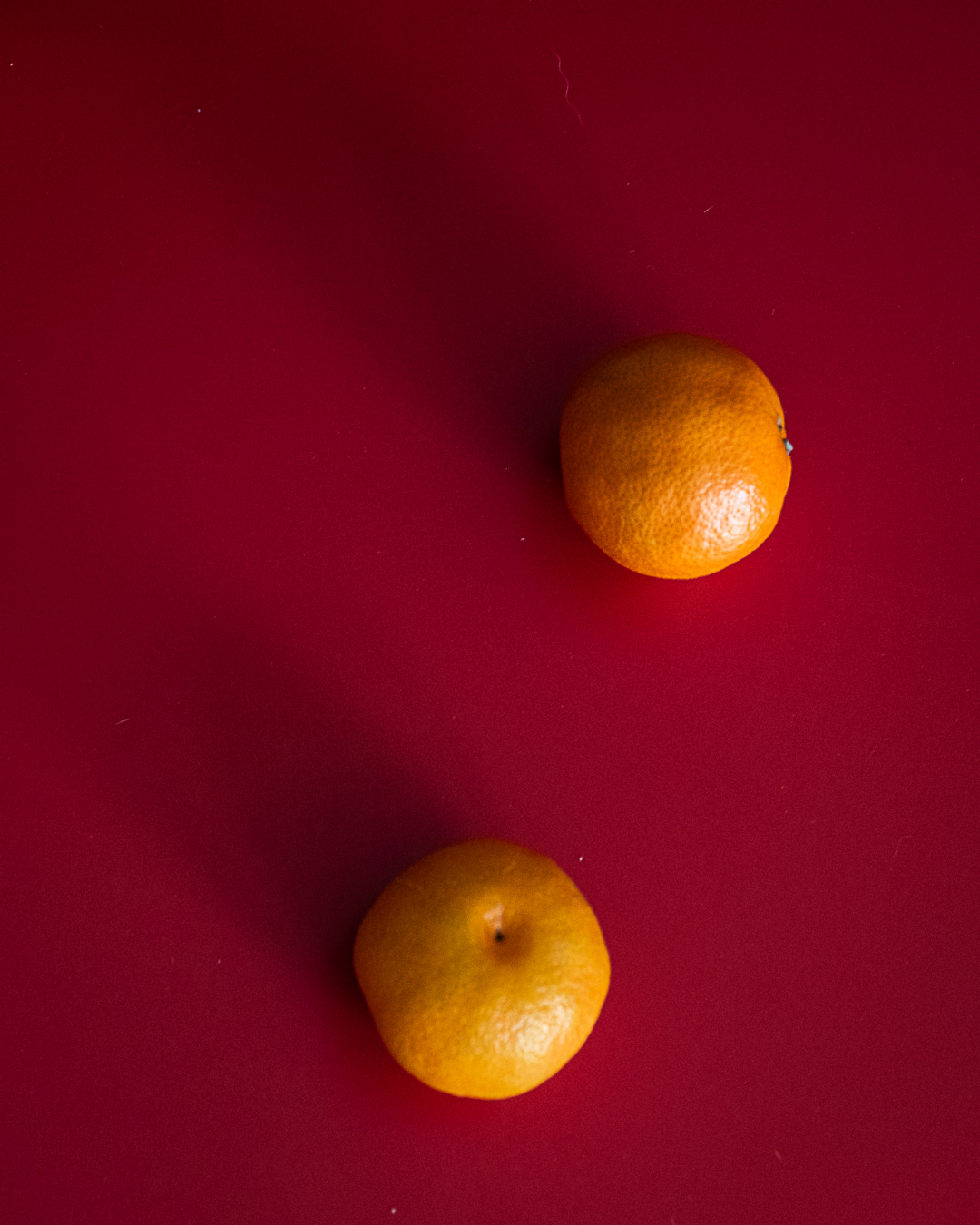
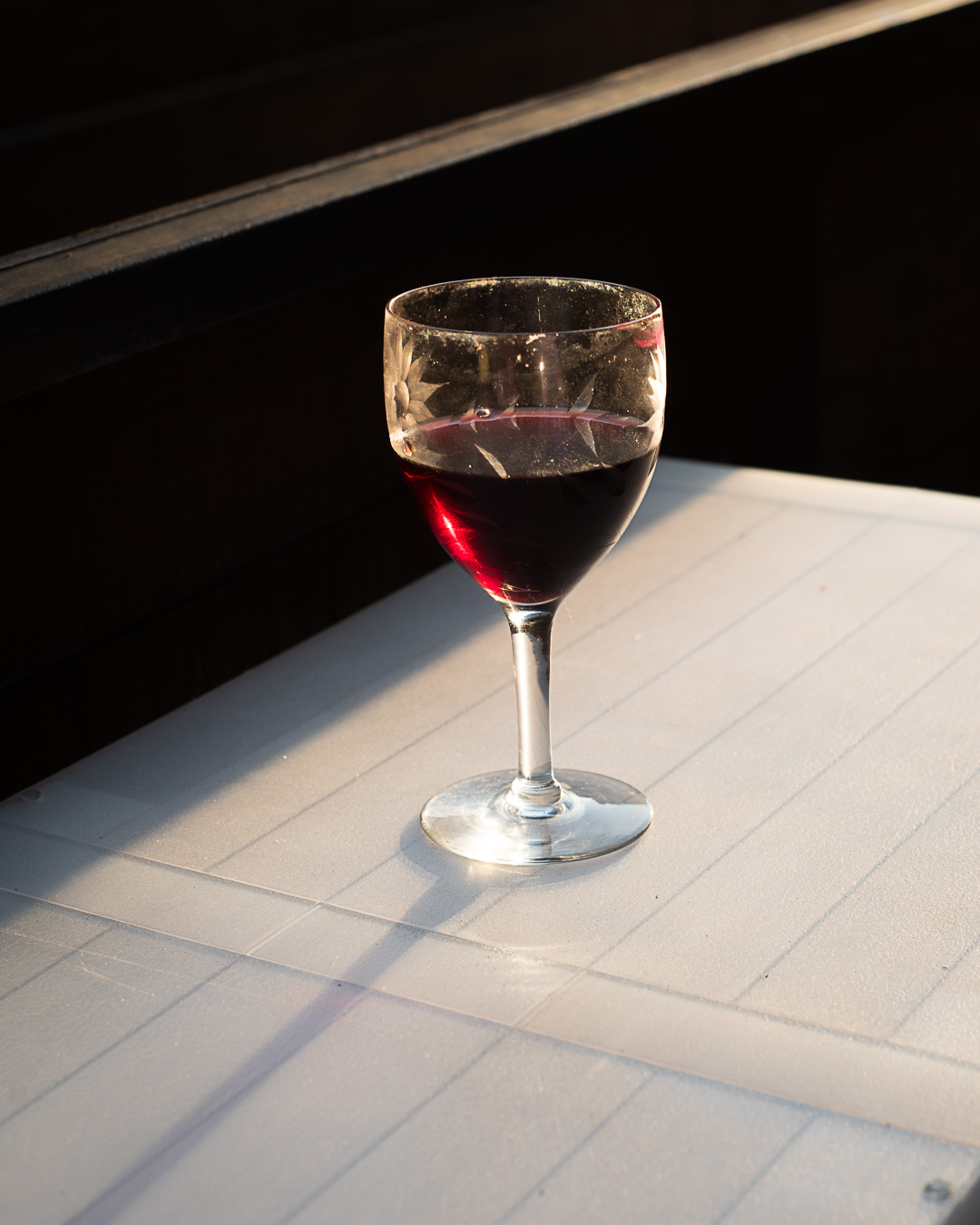
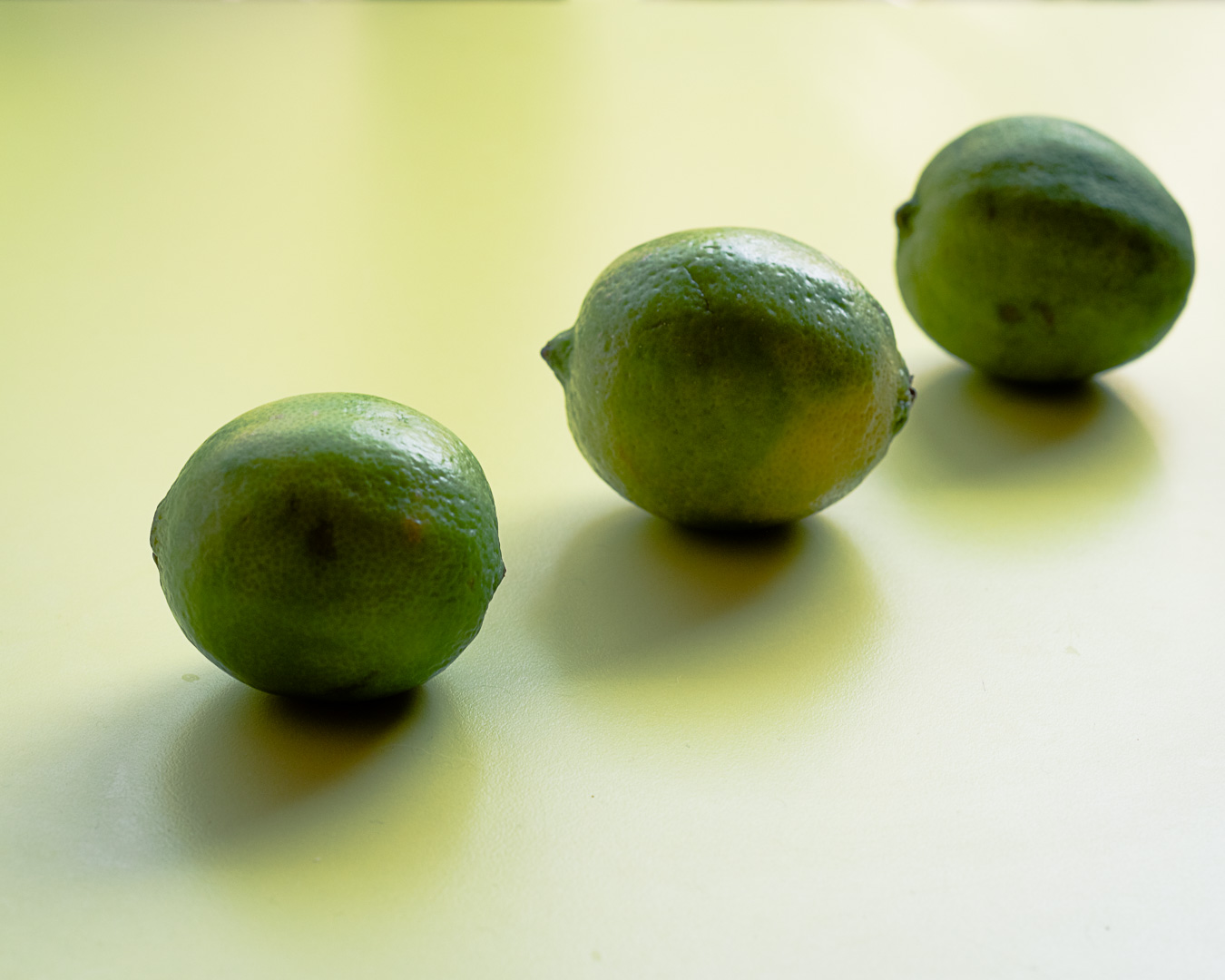
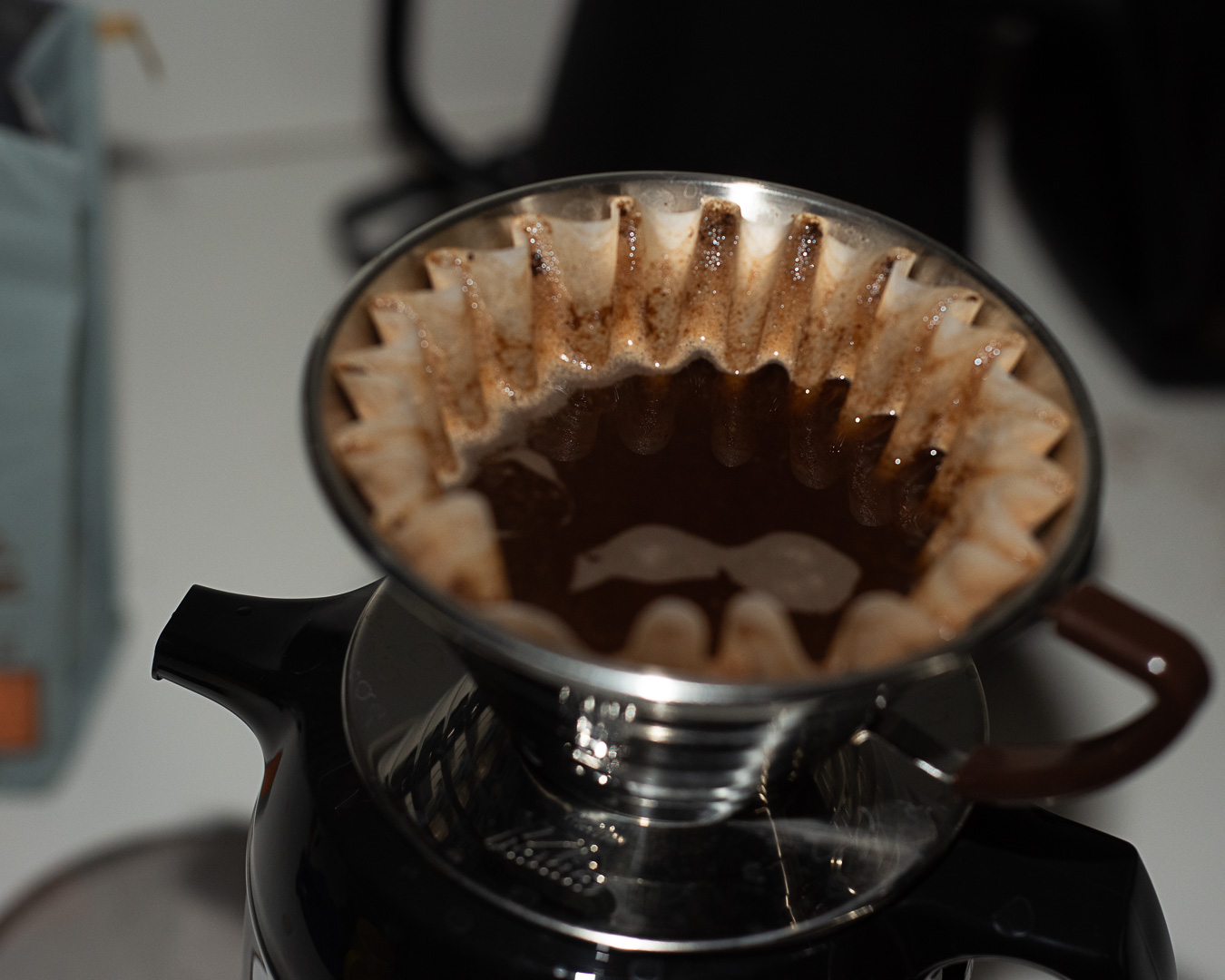
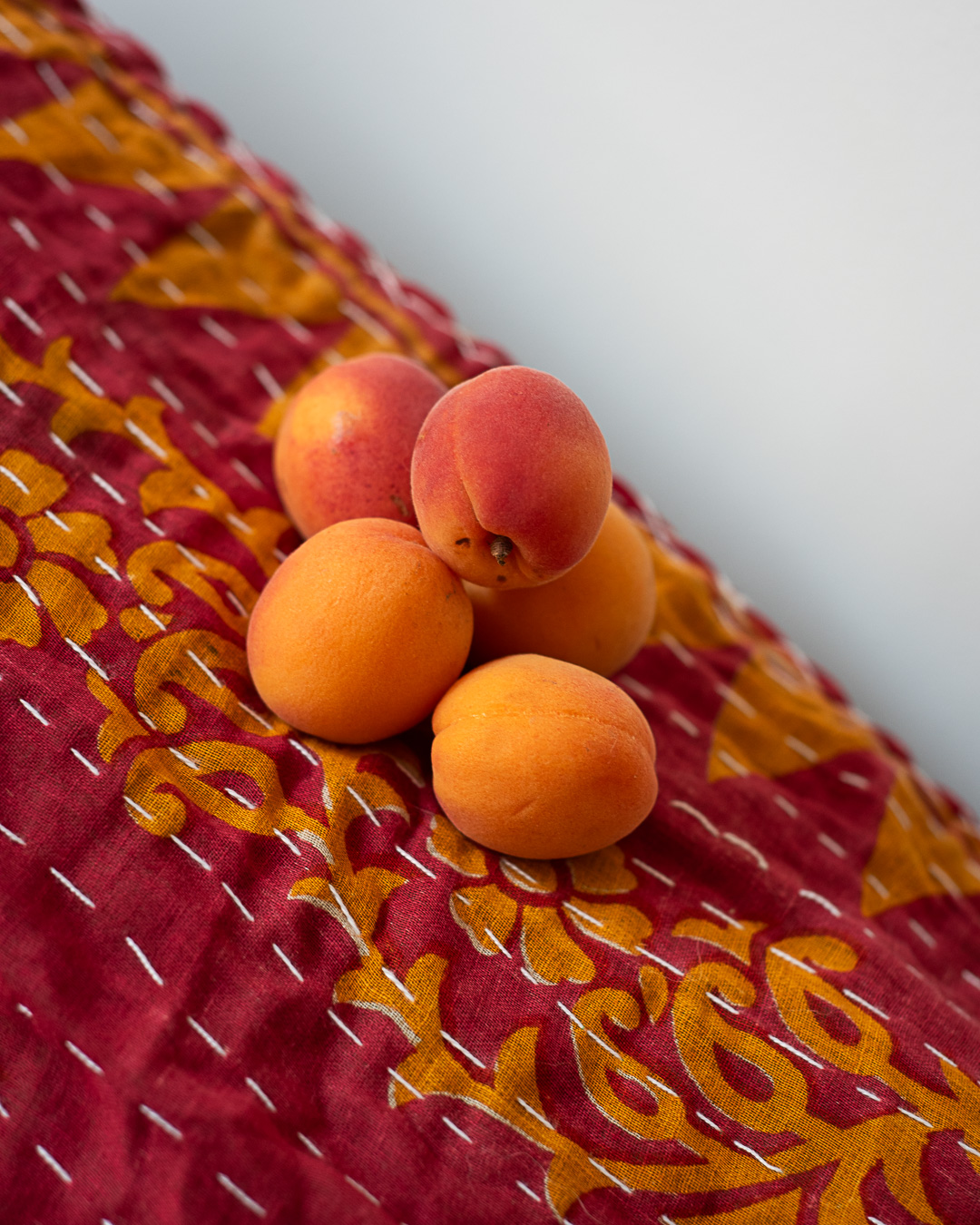
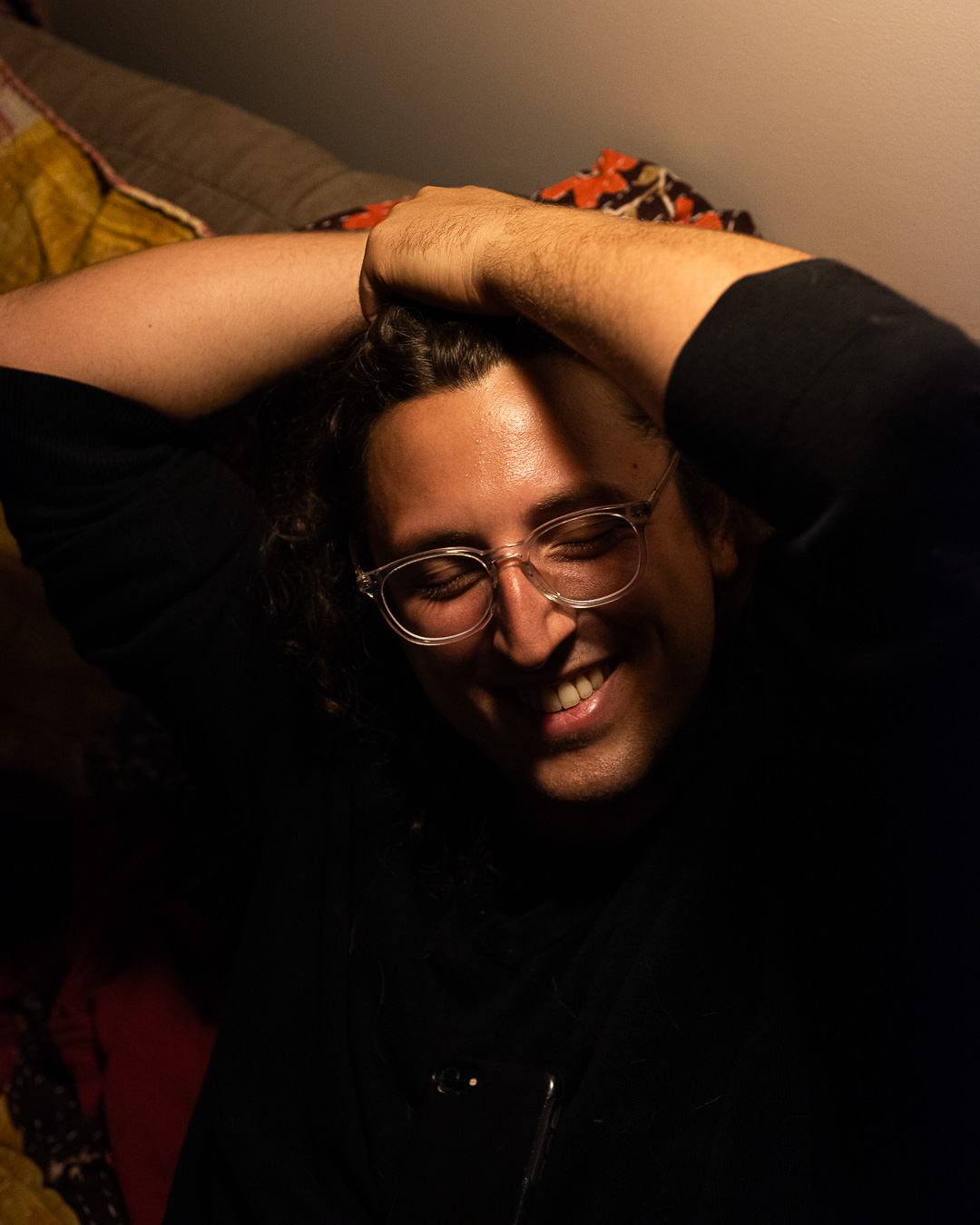
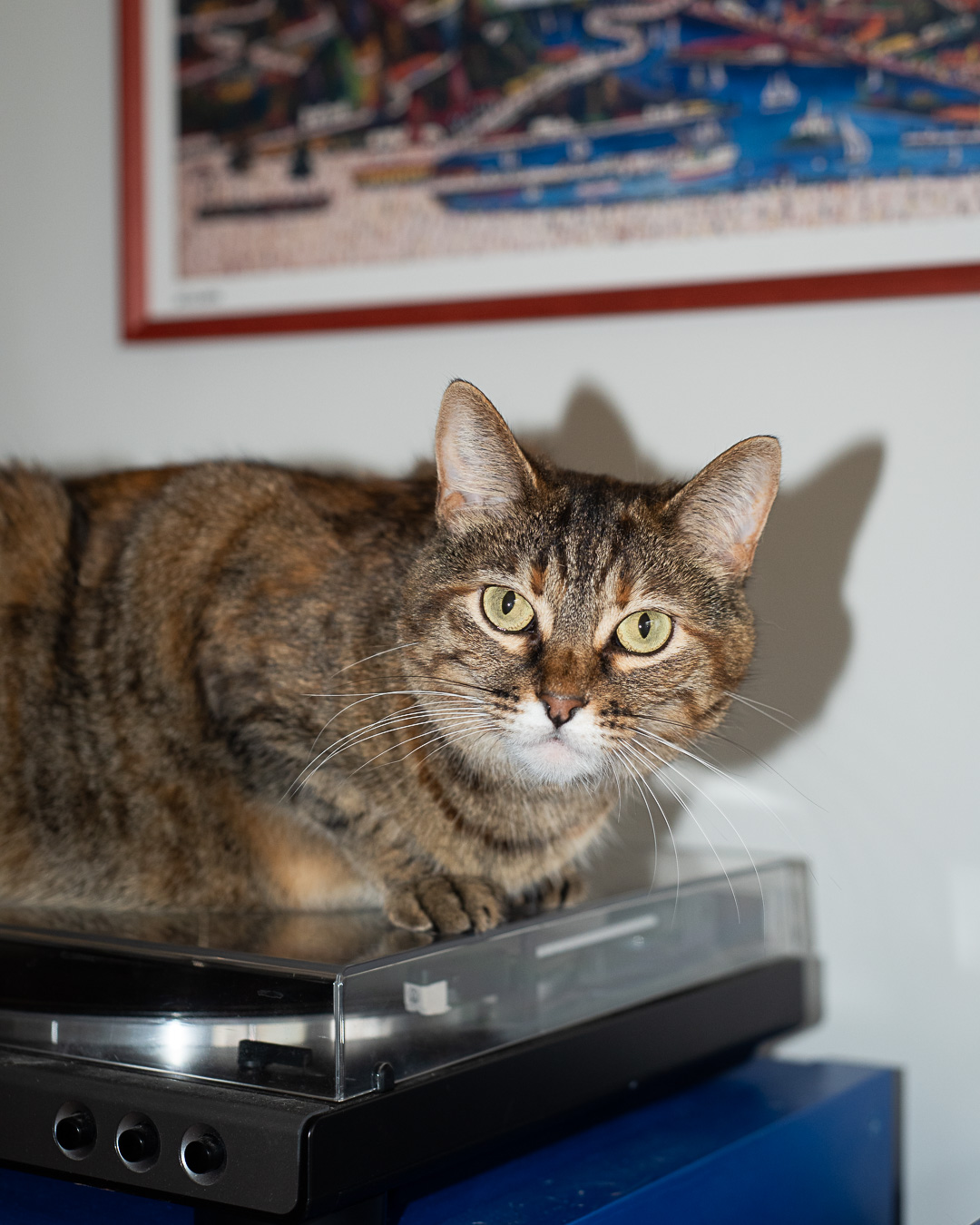
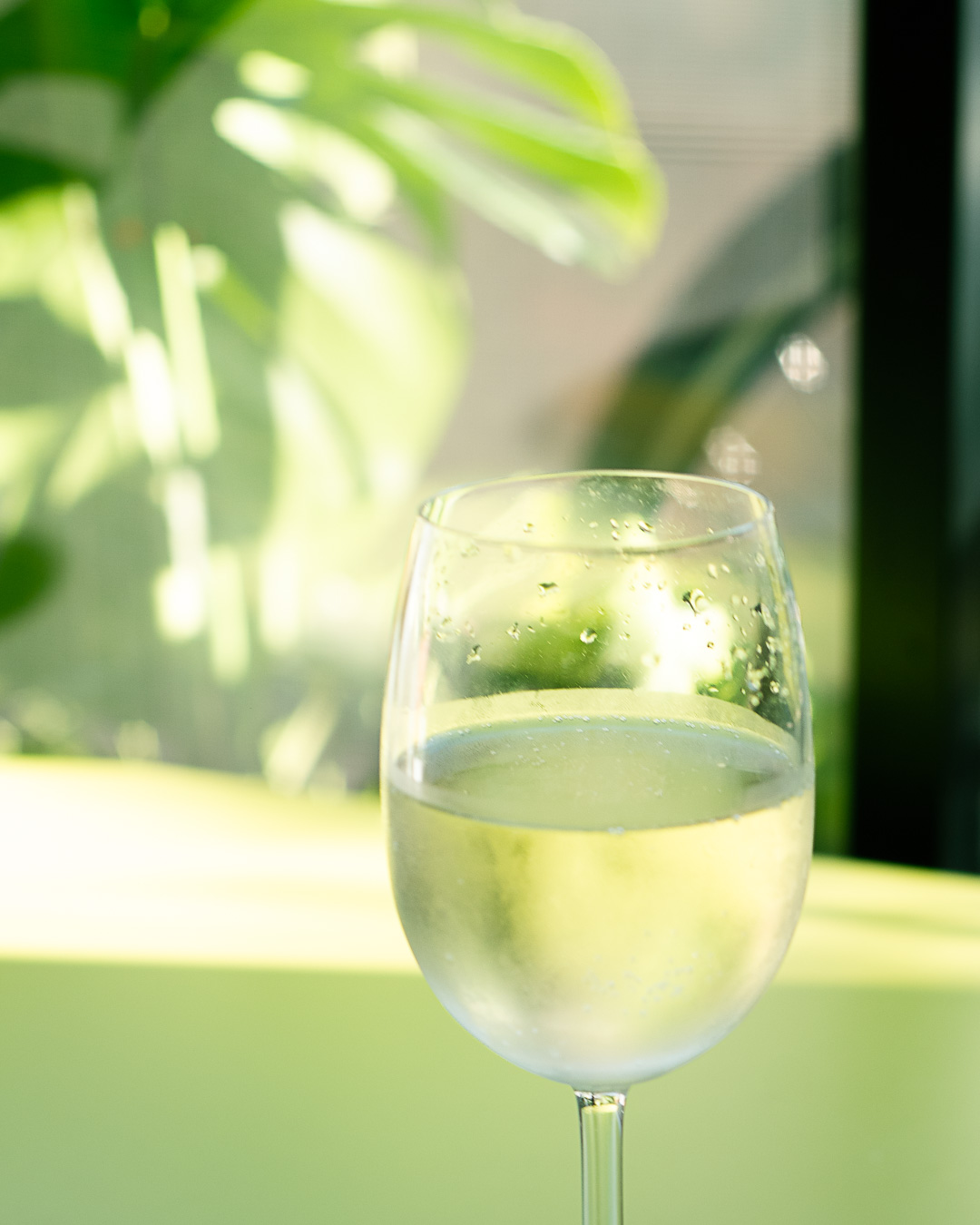
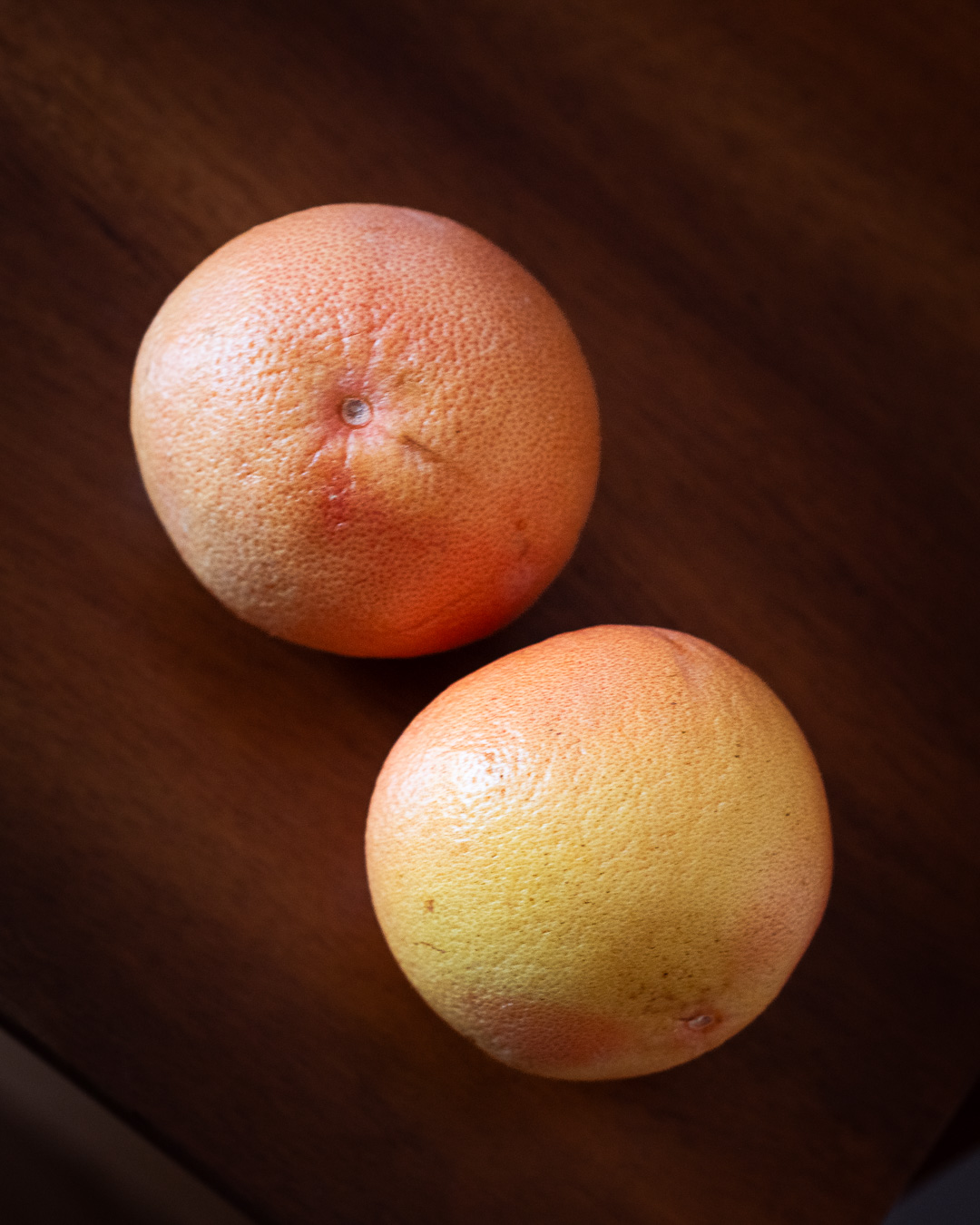

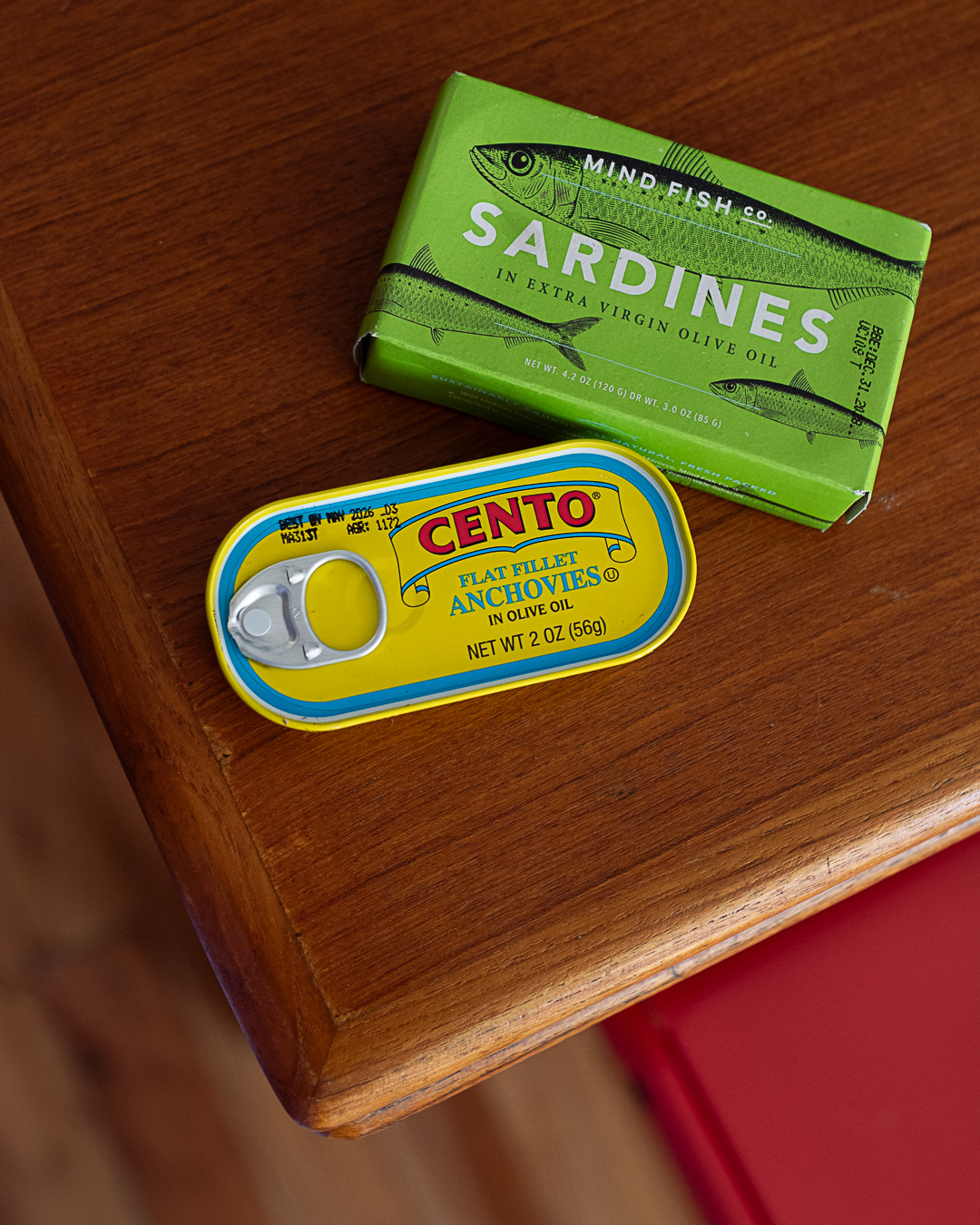
I currently live in California and hope to be licensed as an attorney this fall. The process of conforming to the set of standards that the state bar has set out for professional conduct is disquieting, especially because I want to work in environmental law, with a focus on agriculture and sustainability. California’s agriculture feeds the world, at the expense of people and the environment. Citrus farming is an investment for hedge funds, not a passion for feeding people. Vineyards maximize sweetness for cotton candy table grapes and for 15% abv California cabernet and zinfandel. Sky-high revenue from stone fruit and nuts means that permanent orchards are replacing seasonal grain crops that allowed farmers to fallow land when water was scarce to replenish aquifers and enable seasonal fish migration in the north state. California agriculture is profitable because it is for export. This country does not consume most of the nuts or the citrus grown here on stolen land. It is not the populus’s greed that is sinking California’s agricultural land or rerouting its rivers.
I hoped to capture both the loneliness of studying for the bar and the way this country’s woes live even inside an e-z peel orange. I also hoped to capture the beauty of a small life, the joy of ripe fruit and good wine because I want to believe in that.
By making art and sharing good food, we are making the world a more beautiful place and helping imagine a better future.
—Thalia Taylor, J.D.
Further Reading
- Mark Arax, The Dreamt Land: Chasing Water and Dust Across California, Vintage Books (2020).
- Mariet Westermann, A Worldly Art: The Dutch Republic 1585-1718, Yale University Press (2005).